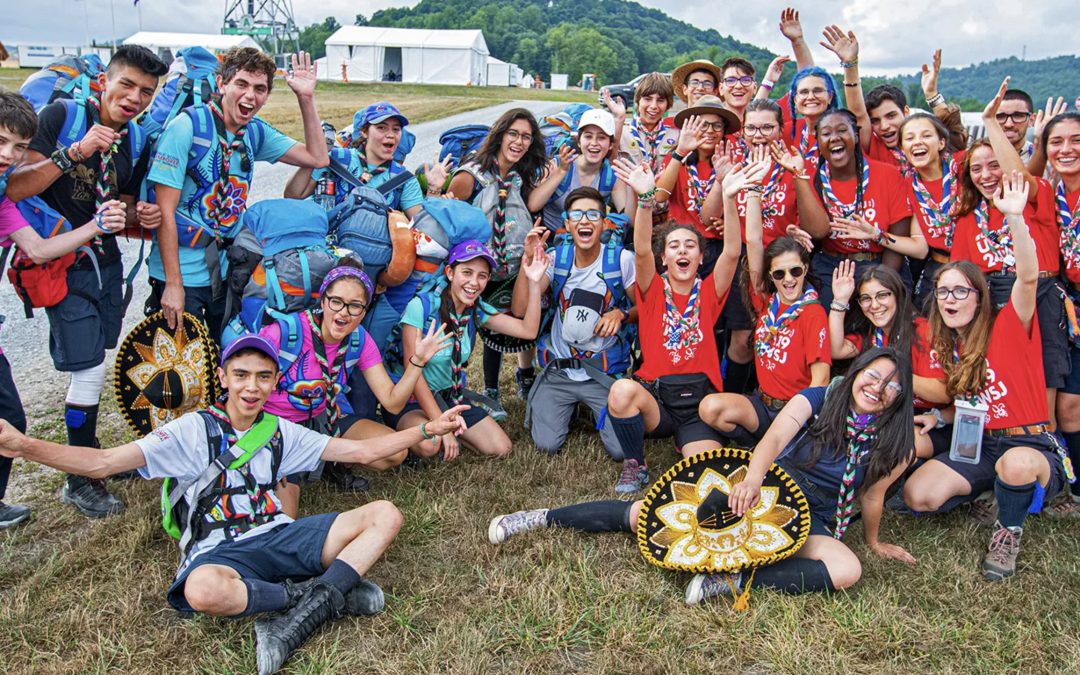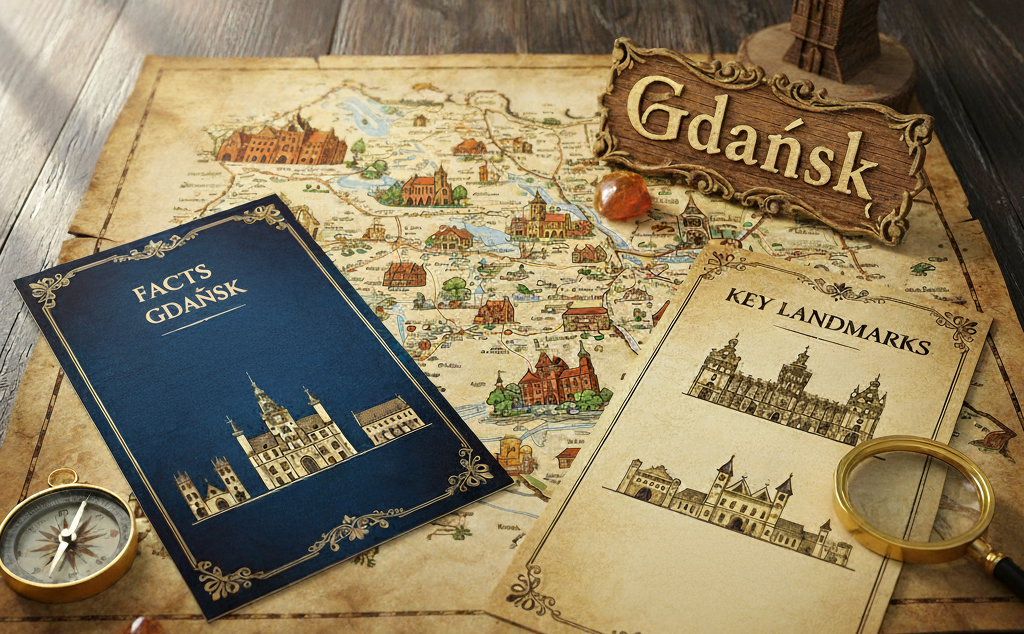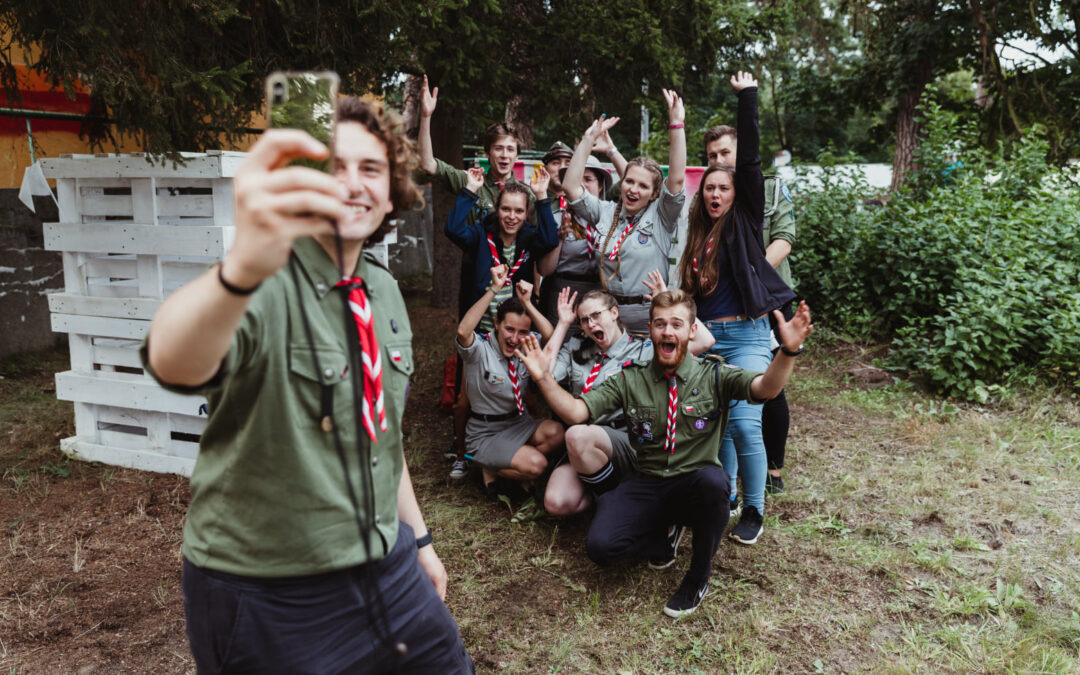
Aaron on Scouting: “Register now to join the USA contingent at the 2027 World Scout Jamboree in Poland”
[Aaron Derr/Aaron on Scouting]
Gdańsk, here we come.
Registration is open now for the 26th World Scout Jamboree, set for July 30 to August 8, 2027, in the historic city of Gdańsk, Poland. This massive global party brings together tens of thousands of Scouts from more than 170 countries, all uniting for 10 days of fun.
The official theme of the 2027 event is “Bravely,” which is all about inspiring young people to step up, take action and drive positive global change.
The USA Contingent is your ticket to this international campout. The contingent is made up of three groups: youth participants, the dedicated adult unit leaders and the essential International Service Team (IST).
“You can be camping right next to kids from countries all over the world,” says Bill McKinney, the head of the USA Contingent. “And they’re Scouts, so you know they’re going to be super friendly. Everybody wants to talk. Everyone wants to help each other.”
Who can attend the 2027 World Scout Jamboree?
Youth participants must be between the ages of 14 and 17 during the event.
There are two ways adults ages 18 and older can attend and help make this event unforgettable:
- International Service Team: Think of the IST as the heroes behind the scenes. If you’re 18 or older, you’re the staff that makes the entire Jamboree run smoothly, from logistics to program areas. The registration portal currently directs all adult registrants to sign up as IST members first.
- Unit Leaders: If your main goal is to lead one of our USA units, those selections are slated to begin in the second quarter of 2026. If this is your only plan, be sure to join the contingent’s mailing list for all the updates regarding the application process.
The Jamboree is so much more than just a typical campout. It’s an opportunity to make friends for life, explore new cultures firsthand and discover what it truly means to be a global citizen.
“A lot of kids have said their favorite activity was cultural day,” says McKinney, “where you go around and you sample different foods, you meet people wearing clothing from their home countries and you really get to see what each country’s culture is like.”

What is a World Scout Jamboree?
Robert Baden-Powell, the founder of the worldwide Scouting movement, always envisioned a movement that transcended national boundaries. Following the rapid global expansion of Scouting after 1907, he identified the need for a major international congress.
Despite the interruption of the World War I, the inaugural World Scout Jamboree, initially called the Imperial and International Jamboree, was held in London, England, in the summer of 1920. This first event, however, bore little resemblance to modern, expansive camps, as it was held indoors at the Olympia exhibition hall.
To accommodate 8,000 Scouts from 34 nations, a layer of earth and turf had to be installed on the concrete floor to facilitate tent pitching. The event functioned primarily as a large-scale exhibition and demonstration of Scouting skills and handicrafts, complete with guests such as a baby elephant and a lion cub, reflecting a combination of exhibition and communal activity.
The most significant moment occurred at the closing ceremony when Baden-Powell was proclaimed the Chief Scout of the World by the assembled youth. The honor validated the event’s purpose: establishing a unified, global brotherhood.
Putting the “out” in World Scout Jamboree
The event’s organizers realized quickly, however, something that we all now know: Scouting thrives outdoors. The second Jamboree in Denmark in 1924 successfully transitioned to a traditional camp setting. Subsequent gatherings, such as the 1929 “Coming of Age” Jamboree in Birkenhead, which hosted 50,000 Scouts, and the post-World War II gathering in France (1947), continually reinforced the movement’s dedication to international peace and goodwill.
Today, the World Scout Jamboree continues to evolve, focusing on themes such as sustainability, innovation and global citizenship. At the same time, the core mission remains anchored in Baden-Powell’s final call from 1920: to foster a worldwide spirit of comradeship that develops peace and happiness among all people.
“Part of the value is just being made aware and gaining a greater appreciation of the larger world Scouting community,” says McKinney. “Even the quietest, shyest person gets pulled out of their shell because everyone’s involved, everyone’s active and everyone’s engaged in conversation every day.”
Click here to learn how to join the USA Contingent for the 2027 World Scout Jamboree.
See original post: https://blog.scoutingmagazine.org/2025/11/17/register-now-to-join-the-usa-contingent-at-the-2027-world-scout-jamboree-in-poland/


